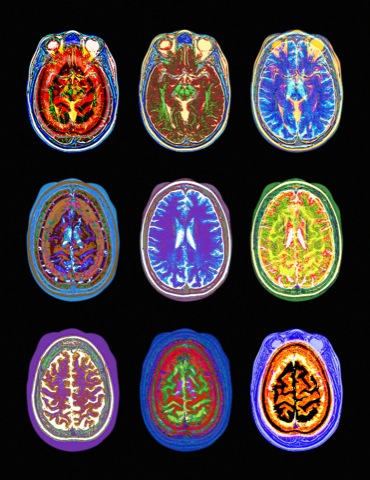Chapter 1.
Introduction
Hallucinogens and the Brain

Author: Ronald J. Comer
Princeton University
Click the Arrow to start this activity
1.1 Hallucinogens and the Brain
In this video, a researcher does an experiment to determine how a low dose of the anesthetic ketamine produces hallucinations in a subject while it is affecting brain activity. As you watch the video, you will see that it is possible that the drug may weaken or modify communication between nerve cells in the brain, which results in hallucinations and mood enhancement. The video includes the work of researcher Franz Vollenweider.

1.2 Check Your Understanding
1.
1. According to the video, ketamine and other hallucinogens may produce illusions and hallucinations by ____________.
2. In this video, the hallucinogen causes the man's senses to cross (for example, he may "hear" colors). This effect is known as ____________.
3. According to the textbook, which of the following drugs is not a hallucinogen?
4. Even long after their use of hallucinogens, some users experience a recurrence of the sensory and memory changes brought about by the drug. This effect is called a ____________.
1.3 Activity Completed!
Activity results are being submitted...